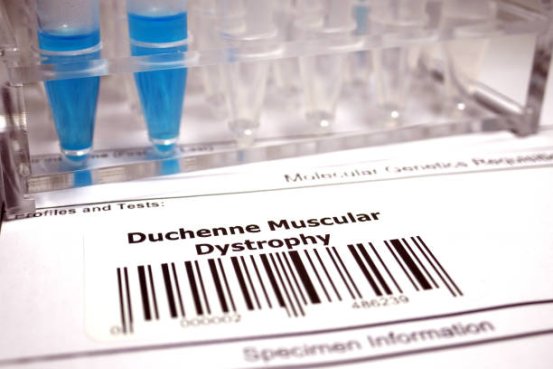Duchenne muscular dystrophy (DMD) affects about 1 in 3,500 boys, causing severe muscle degeneration and loss of mobility. This article explores how emerging gene therapies are reshaping the fight against DMD, offering new possibilities for improved function, longer lifespan, and better quality of life.

Understanding Duchenne Muscular Dystrophy
Duchenne muscular dystrophy is triggered by mutations in the dystrophin gene, essential for maintaining healthy muscle fibers. The absence of dystrophin causes muscles to weaken and deteriorate over time. Symptoms often appear in early childhood, starting with difficulty walking and frequent falls, progressing to severe mobility loss and potential heart or respiratory issues.
Globally, DMD affects approximately one in every 3,500 boys, while female carriers typically remain asymptomatic. Early detection and proactive care can slow disease progression, but traditional therapies primarily manage symptoms rather than target the root cause. Gene therapy aims to change that by addressing the genetic defect itself.
Gene Therapy Mechanisms and Approaches
Gene therapy offers several promising strategies to restore dystrophin production. One of the most studied techniques is exon skipping, which helps the body produce a shorter but still functional version of the dystrophin protein. This approach “skips” over faulty gene sections, allowing muscle cells to function more effectively.
Another method, gene replacement therapy, introduces a working copy of the dystrophin gene into the patient’s muscle cells. Modern advancements use adeno-associated viruses (AAVs) to safely deliver genetic material to target tissues. Early trial results have shown improved muscle strength and reduced symptom severity, signaling real progress in DMD treatment development.
Current Clinical Trials and Breakthroughs
Several gene therapies for DMD are under active investigation. Eteplirsen, which targets exon 51, has shown encouraging results in improving muscle function. Similarly, golodirsen and casimersen are designed for other gene mutations and are currently being tested.
The U.S. FDA has supported the development of these therapies with accelerated approval pathways, helping patients access new treatments more quickly. Early trial participants have reported better mobility and endurance, sparking optimism across the DMD community. Still, ongoing monitoring is essential to ensure long-term safety and sustained effectiveness.
Impact on Patients and Families
For families living with DMD, gene therapy represents hope for a future that once seemed out of reach. These treatments could extend physical independence, slow disease progression, and reduce the emotional burden of a condition long considered incurable.
While the initial cost of gene therapy can be high, it may ultimately lower long-term healthcare expenses by reducing complications and the need for continuous medical interventions. Beyond financial implications, these innovations offer emotional relief—giving families renewed optimism and a greater sense of control over the condition.
Community awareness and advocacy are also growing, with many families participating in research efforts, support groups, and fundraising campaigns aimed at accelerating access to treatment.
Ethical Considerations and Future Directions
The rise of gene therapy has brought important ethical questions. Adjusting a person’s genetic makeup—especially in children—demands careful ethical oversight. Issues such as informed consent, equitable access, and long-term monitoring are vital topics of discussion among scientists, healthcare providers, and families.
Disparities in healthcare access remain a concern. Ensuring that patients worldwide can benefit from these breakthroughs will require international collaboration, supportive policies, and transparent research practices.
Looking ahead, cooperation between researchers, clinicians, and patient communities will be essential to refine gene therapy technologies and integrate them into standard medical care. The focus is not only on developing effective treatments but also on creating holistic care systems that support the physical, emotional, and social well-being of patients.
Conclusion
Gene therapy is transforming the outlook for Duchenne muscular dystrophy, targeting the disease at its genetic foundation. While challenges remain, ongoing research continues to deliver hope for improved quality of life and long-term stability. With continued innovation and collaboration, the future of DMD treatment is moving from management toward meaningful change—and possibly, one day, a cure.
